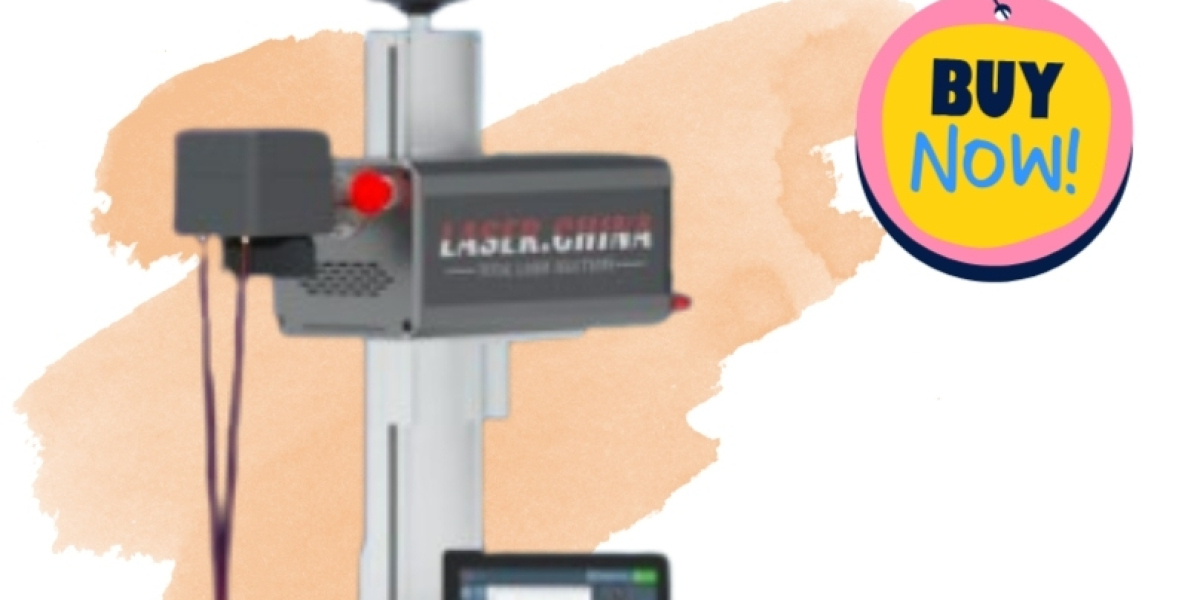The ability to detect abnormal electrical discharges in the brain is critical in diagnosing epilepsy and related neurological conditions. Precision in identifying these spikes helps clinicians differentiate between normal brain activity and potential seizure events. That’s why accurate spike detection is a clinical and technical priority in neuroscience today.
Clinicians and researchers are increasingly relying on eeg spike detection tools to automate the process, speed up diagnosis, and minimize human error. However, even the best systems face accuracy challenges that depend on both the input data and the algorithms in use.
Signal Quality and Electrode Placement
The foundation of any EEG analysis is the quality of the recorded signals. If the original data is compromised, even the most advanced spike detection algorithm will struggle to perform reliably.
Common issues affecting signal integrity:
- Poor electrode placement: Misaligned or loosely connected electrodes can introduce noise or miss critical brain regions.
- Patient movement: Motion artifacts—especially from facial muscles or head movement—can create patterns that resemble spikes.
- Environmental interference: Nearby electronics, fluorescent lighting, or mobile devices can distort EEG readings.
Improving signal quality starts with training technicians, using high-quality equipment, and creating controlled recording environments.
Algorithm Sensitivity and Specificity
Spike detection algorithms must strike a balance between sensitivity (detecting all true spikes) and specificity (not misclassifying noise as spikes). Over-tuning one can compromise the other.
How model calibration impacts results:
- High sensitivity risks false positives: Over-sensitive models may label normal variations as pathological activity.
- High specificity risks false negatives: Conservative algorithms might miss actual spikes to avoid overflagging.
- Dynamic thresholding matters: Static thresholds often fail to adapt to individual patient variability or state-dependent changes.
AI-based models often outperform traditional rule-based systems, but their accuracy still depends on how well they’re trained and validated on diverse datasets.
Data Annotation and Training Set Diversity
Most modern EEG spike detection systems are trained using machine learning. Their performance depends heavily on the quality and diversity of the training data.
Why annotations and dataset scope matter:
- Inconsistent labeling creates confusion: If spikes are labeled differently across training samples, models learn the wrong patterns.
- Limited demographic data affects generalization: A model trained on adult male data might not work well with pediatric or female patients.
- Rare case underrepresentation: Some spike types may appear infrequently, making it hard for models to learn accurate representations.
To improve detection across populations and conditions, training sets must include broad, well-annotated, and clinically reviewed data sources.
Temporal Resolution and Sampling Rates
The resolution at which EEG data is recorded influences how well short-duration spikes are captured. Spikes are typically brief events, often lasting less than 70 milliseconds.
Why technical settings impact detection:
- Low sampling rates miss detail: A sampling rate below 250 Hz can smooth or skip over critical spike peaks.
- High-resolution data supports precision: Sampling rates of 500 Hz or higher preserve waveform structure for better classification.
- Storage and processing trade-offs: Higher sampling increases data size, requiring better hardware and more processing time.
Selecting the correct resolution based on use case ensures that fast, subtle events aren't lost during acquisition.
Patient-Specific Variability
Brain wave patterns vary greatly between individuals. What looks like a spike in one patient might be part of normal activity in another. Personalized models offer one solution, but they bring complexity.
How individual differences affect accuracy:
- Baseline activity varies by age, health, and medications: Atypical readings may still be normal for certain patients.
- Sleep and wake states influence spike visibility: Some spikes occur only in specific sleep stages.
- Anatomical differences affect signal propagation: Skull thickness and brain structure impact how spikes appear on the scalp.
Advanced systems must adapt to the patient’s profile to reduce both false positives and negatives during diagnosis.
Strategies to Improve Accuracy in Clinical Settings
Many clinics are still transitioning from manual reviews to hybrid or fully automated spike detection systems. To improve accuracy during implementation, certain best practices should be followed.
Recommended steps include:
- Standardize protocols across teams: Ensure all technicians follow the same setup and quality control procedures.
- Use hybrid review models: Combine AI output with expert validation rather than relying on one or the other.
- Invest in staff training: Educate clinicians about the system’s limitations and how to interpret flagged events.
Technology alone cannot guarantee accuracy—successful deployment depends on training, protocols, and ongoing refinement.
The Role of Regulatory and Ethical Oversight
As spike detection software becomes more widely used in diagnostic settings, regulatory scrutiny and ethical considerations are also increasing. Accuracy isn’t just a technical matter—it’s a safety and trust issue.
Ethical challenges include:
- Misdiagnosis risk: Inaccurate spike detection can lead to incorrect epilepsy diagnoses or missed treatments.
- Bias in training data: Demographic gaps can cause unequal accuracy across populations.
- Transparency of algorithm behavior: Clinicians must understand how and why a system makes certain predictions.
Validation studies, public benchmarks, and regulatory approvals are vital steps in building clinician and patient trust.
Comparing Automated and Manual Detection Approaches
Manual spike detection is labor-intensive and subject to fatigue-related errors. Still, many neurologists remain cautious about full automation due to trust gaps.
Key comparison points:
- Speed: Automated systems process hours of data in minutes; humans can’t match this pace.
- Consistency: Algorithms apply the same rules every time, whereas human judgment can vary.
- Clinical interpretation: Humans still add value in interpreting context, symptoms, and medical history.
The most effective path for now is collaboration—letting machines flag candidates and letting clinicians validate findings.
Future Trends in Spike Detection Accuracy
Technology continues to evolve rapidly. As new techniques emerge, they promise to push accuracy even further—especially with the help of AI, cloud computing, and real-time data integration.
Emerging trends to watch:
- Adaptive learning systems: These models refine themselves over time based on clinician feedback.
- Wearable EEG devices: Portable systems increase access while adding new challenges in artifact handling.
- Cross-platform integration: Linking EEG data with imaging, genetic data, or patient history could improve context-aware detection.
These innovations are likely to become standard features in the next generation of clinical EEG platforms.
Conclusion
Accurate eeg spike detection requires more than powerful software—it relies on clean signals, calibrated algorithms, diverse training data, high-resolution recordings, and sensitivity to patient-specific variability. The integration of eeg software that adapts to these factors is shaping the next frontier in neurology. As detection tools improve, so does the potential for faster diagnoses, more personalized treatment plans, and a deeper understanding of brain behavior that serves both clinicians and patients better.

















